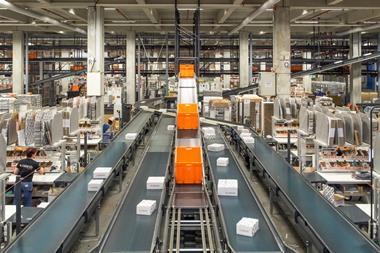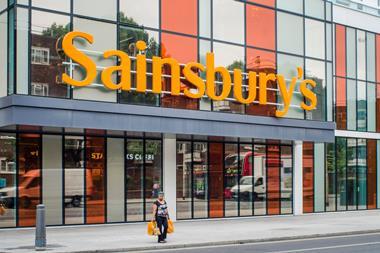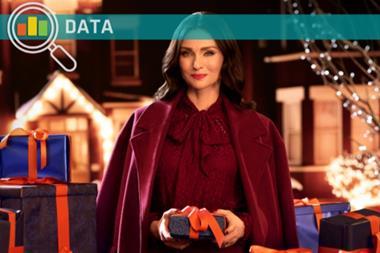Faster, cheaper technology means personalised offers traditionally produced by the big grocers are now in reach of every retailer. Alison Clements finds out how retailers are doing it.

Mobile personalisation
Sainsbury’s provides targeted deals through the Nectar app and the Sainsbury’s app, which both launched in August 2010 and are available on the iPhone and Android.
Exclusive and personalised Nectar point offers go straight to the individual collector’s phone so they can enjoy relevant offers and see their points clock up while they shop. Participants have to ‘opt-in’ to each offer on their phone before buying the items but this can be done in store while shopping.
“Smartphones are becoming the remote control of life, and they will undoubtedly be an important channel for personalised marketing,” says Buckingham.
Mr Carter bought a tent in March, so come June he might welcome a personalised email promoting camping stoves. Mrs Taylor in Stoke buys shoes four times a year so will probably jump on the new summer range of sandals. These types of consumer behaviour patterns can be plugged into CRM systems to help retailers send out the most relevant, personalised offers to their customers. The grocers mastered targeted offers, but now all retailers need to play the personalisation game.
Thanks to the data insights made possible by loyalty schemes and multichannel retailing, most can now segment groups of customers – campers, pet owners, DIY-ers – and set up marketing communications that will deliver far higher response rates than traditional mass market communications. “You’re likely to get double-digit conversion rates, so a far greater return on investment,” says David Buckingham, UK general manager of LMG - the data analytics arm of the Nectar scheme. “You can monitor the results and improve the targeted marketing over time.”
Retailers today are seizing on their customer data to design and communicate relevant offers, agrees Ralph Percival, ecommerce director at Blacks Leisure Group. Blacks is installing an analytics and segmentation system, supplied by software provider Blue Bridge, which will sit on top of its existing data warehouse, and work alongside the CRM system to make personalised offers a regular part of the business’ contact with customers. “We’ve operated a loyalty scheme for some time, have a big email database, and have emailed out marketing communications in the past, but any targeting has been quite limited,” says Percival. “Now our efforts at personalising offers can be fully systems-driven. Personalised marketing communication becomes automated and will therefore become much more cost-effective.”
Blue Bridge managing director Katie Latham adds that segmenting different groups – by their stated interests, shopping regularity and purchase history – not only drives sales conversions, but also generates customer loyalty.
The way forward
A substantial investment is required in people skills and IT to take this personalised approach but Percival’s view is that few retailers can afford not to. “You need to have an end-to-end process in place to successfully execute this kind of CRM, so it’s no good just using your data to segment customer groups.” Factors to consider include what season it is, what products are in stock and what the merchandising department wants to push this week. The results are then monitored each week and any necessary changes made.
It’s a complicated process, but success stories abound. In February this year, Barratts increased its email conversion rates having targeted emails at individual consumers. It now emails offers to customers with birthdays approaching and also contacts people who abandon their baskets, tempting them back. Sales generated by email have grown to 10% of total ecommerce turnover, up from 4% the year before.
Meanwhile, the likes of Amazon and Asos boost their conversion rates with recommendation engines personalising the customer’s experience from the moment they enter the site. This is a cost-effective way to personalise without a loyalty scheme. Homewares retailer Lakeland is using data on purchase and browsing history to place targeted products on the home page when customers return to the site.
If a visitor is a first-time shopper with no purchase history, the retailer can still make recommendations, says Darren Vengroff, vice-president of product at ecommerce provider RichRelevance. It can use information such as customer searches, products viewed, and the behaviour of similar shoppers.
As retailers compete fiercely for customers, those who respond quickest to developments in personalisation will be the winners. There is only one direction that this type of marketing will go in, and that will be ever more detailed.


























1 Reader's comment